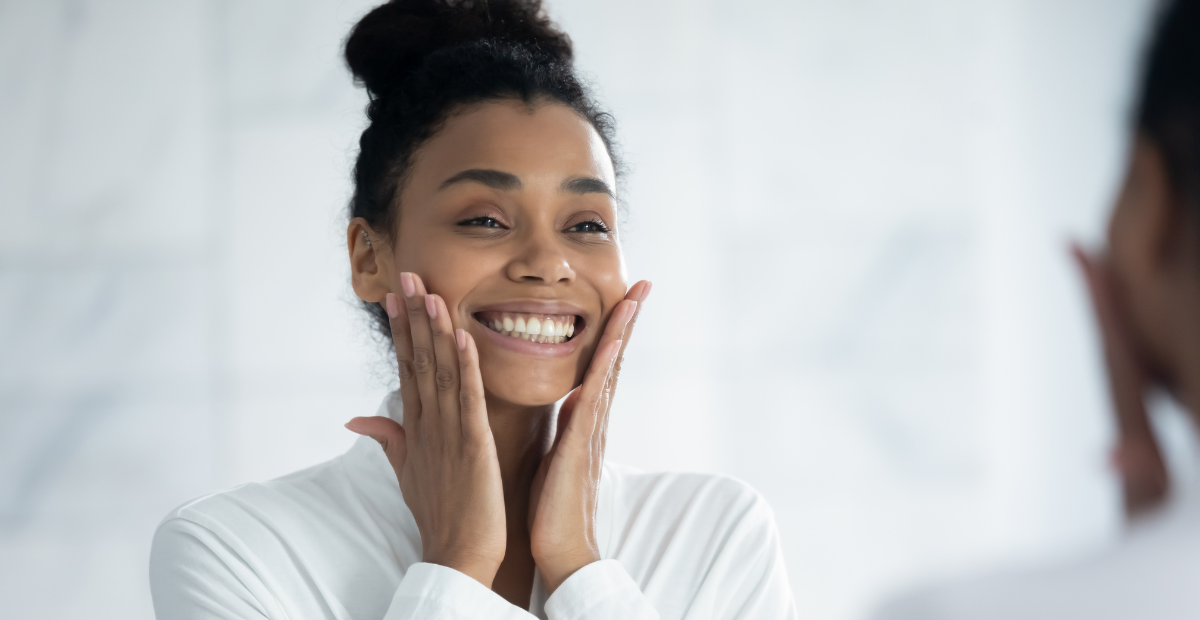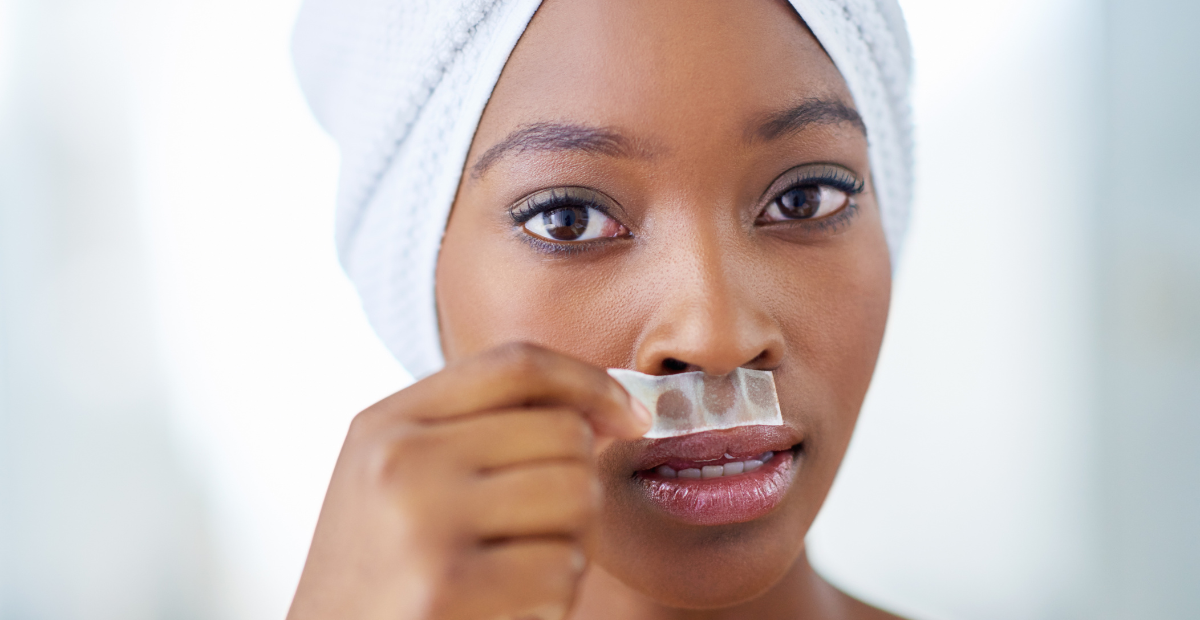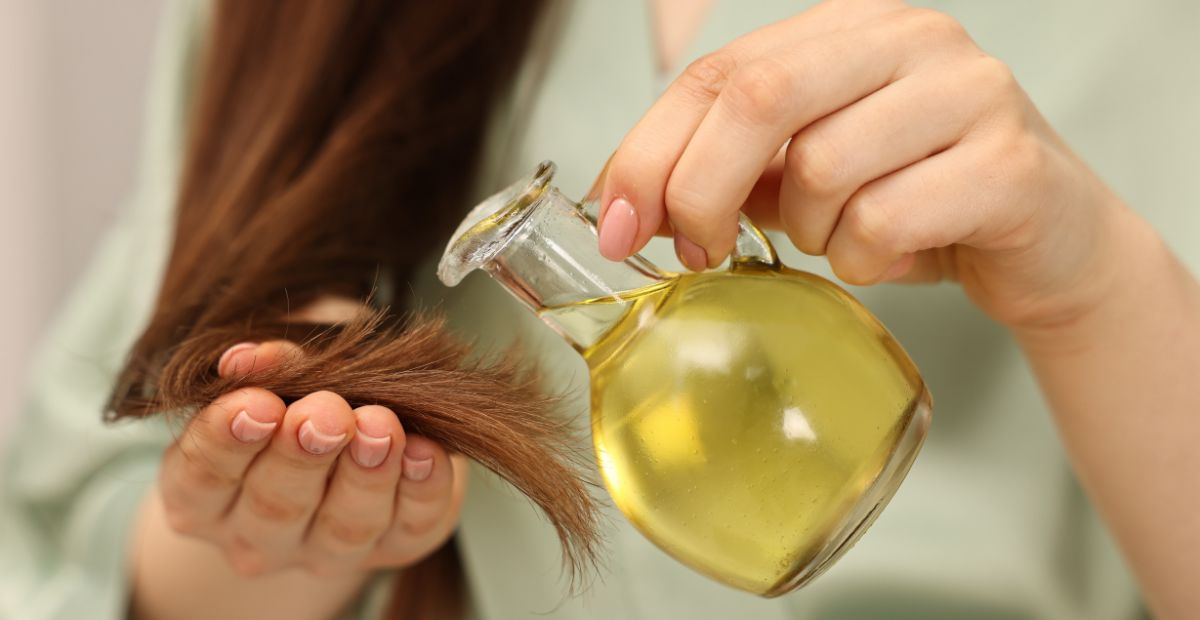Underconsumption Core: Simple Steps to Make It Work for You
Onskin Content Team
Your guides through the skincare chaos

Old yet springy, looking-good jacket? It stays till it’s worn out. Using the same headphones since 2015? You’re in the trend! Videos like these captioned underconsumption core probably keep popping on your FYP. Also dubbed the normal consumption core, it’s already been declared the hottest trend of 2024.
But does it mean having a huge beauty repertoire is no longer “in”? How can you mindfully follow the trend without it feeling like a cosmetic diet, and where should you start if you’re ready for change? No worries—we’ll tackle these questions together in this post.
What Does “Underconsumption Core” Even Mean?
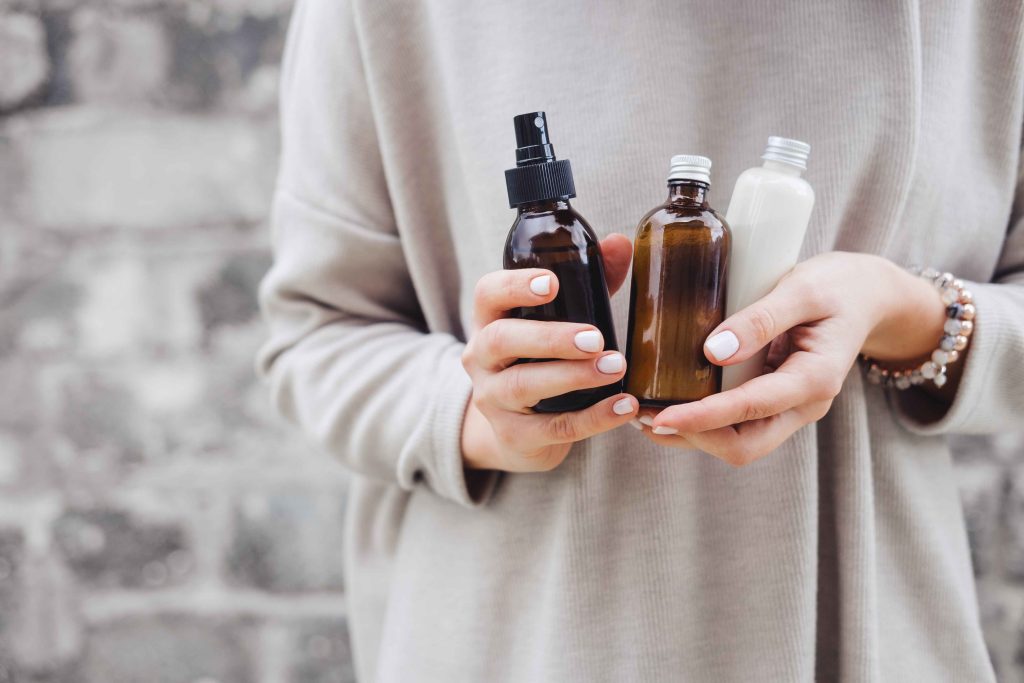
In a nutshell, underconsumption core is buying less and focusing on what you need rather than what you want, as well as extending the lifespan of your items. So yes, it’s basically a child of minimalism and de-influencing.
While underconsumption applies to all areas of life, the beauty industry—with its 19.9% growth over the last five years (pandemic impact included!)—has become a hot sub-trend within the movement. And—do you agree?—it’s refreshing to see a three-piece makeup bag online amidst the constant stream of makeup and skincare hauls and “run, don’t walk to Sephora to get this” videos. For those of us with just one perfume on the nightstand and a moisturizer, we feel seen.
However, with so many cores online, it might seem that this concept is all about aesthetics, similar to cottagecore, royalcore, and other viral styles. However, underconsumption goes beyond its cutesy package—it’s rather tied with intentional lifestyle changes and a mindset that values having less and finding joy in it.
Underconsumption Core—Tips & Steps
So, what changes were we talking about earlier, and how can you bring this “core” into your daily life? Here’s where you can start, even today.
Empty a product before you buy a new one
This point is basically the heart of the whole idea. Unless you can’t stand the smell, it causes allergic reactions, or it’s just not right for you, try to finish a product before buying another from the same category. If you’re already feeling that nagging sense of withdrawal, you’re definitely not alone—hold our hand!
Like with any lifestyle change, take it slow and make gradual tweaks to your buying habits. It might not be as thrilling as getting new stuff, but tossing empty bottles does feel pretty satisfying and comforting. (But seriously, have you ever seen anyone finish a blush?)
Declutter your selfcare & makeup products
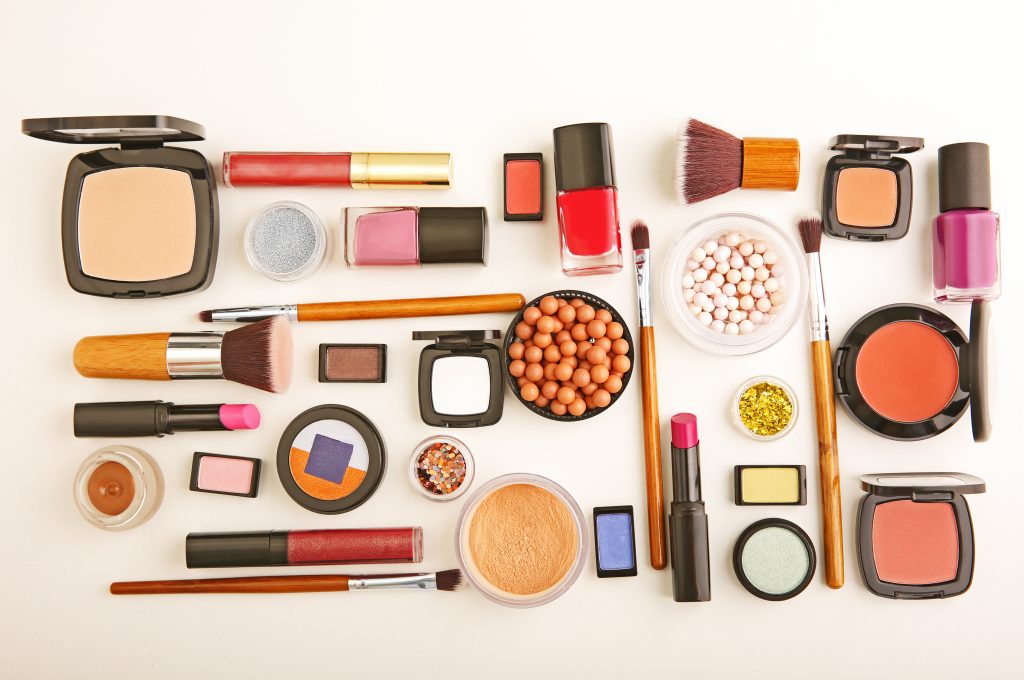
It might sound as dull as “eat your fruits, kids,” yet trust us—after clearing out your regimen, you’ll be surprised at how little you actually need and how many items you didn’t even know you had. Ready to walk through the steps of downsizing your collection?
Get everything out
Lay out everything beauty product you own—yep, even including samples, travel-size shampoos, and those hand creams you didn’t get around to using. While you gear up to sort through it all, blast some music and wipe down your strangely empty shelves, containers, and organizers.
Cull the trash and expired items
Channel your inner Cersei Lannister and be merciless with expired products—spoiled makeup or skincare can irritate your skin and cause breakouts. Who wants that? For most items, you can find the expiry date on the back of the package. Look for a symbol of an open jar with a number and an “M” behind it, which indicates the shelf life once the product has been opened.
If a product is still within its expiry date but its smell, texture, or appearance seems off, consider discarding it as well. Also, get rid of items you might have overlooked—like broken brushes, eyeliners, sponges that look like they’ve been through hell, and so on.
Pick the essentials
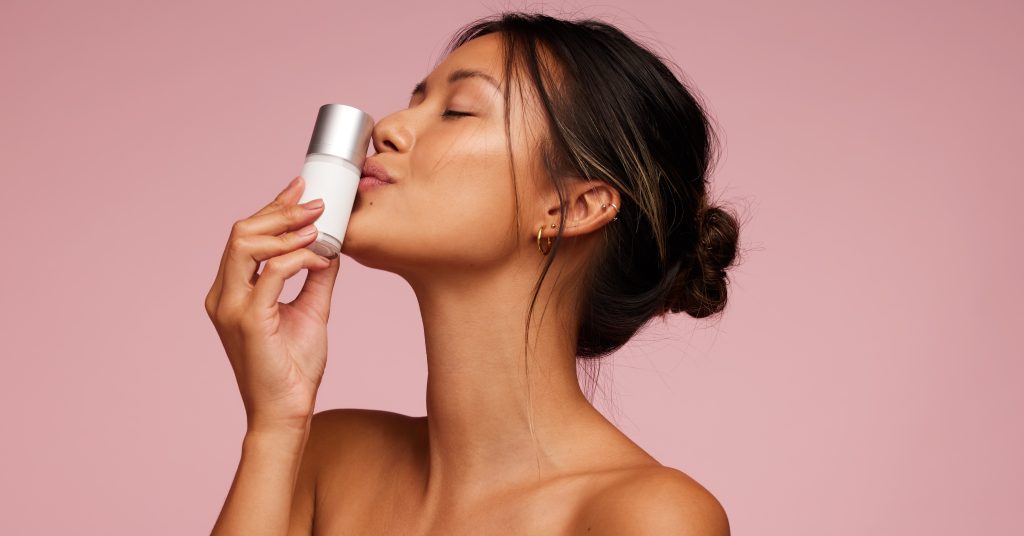
Rifle through your cosmetic wardrobe and narrow down your absolute favorites and go-tos that you just can’t part with. Ask yourself: “Does it suit my skin or hair? Do I use it often, and do I notice its effects?” If the answers are all yes, then it deserves its keep.
What about the skincare or haircare items you’ve just bought? To determine if they’re a good fit before you start using them, scan your products with OnSkin. Are there any questionable ingredients in the formula? The app will pinpoint them and explain the associated risks. Are there any beneficial actives, like azelaic acid? The app will highlight those as well—it’s like a pre-moderation step for your routine. However, the best way to know if your skin or hair likes a product is to put it to the test.
Form product “friend groups”
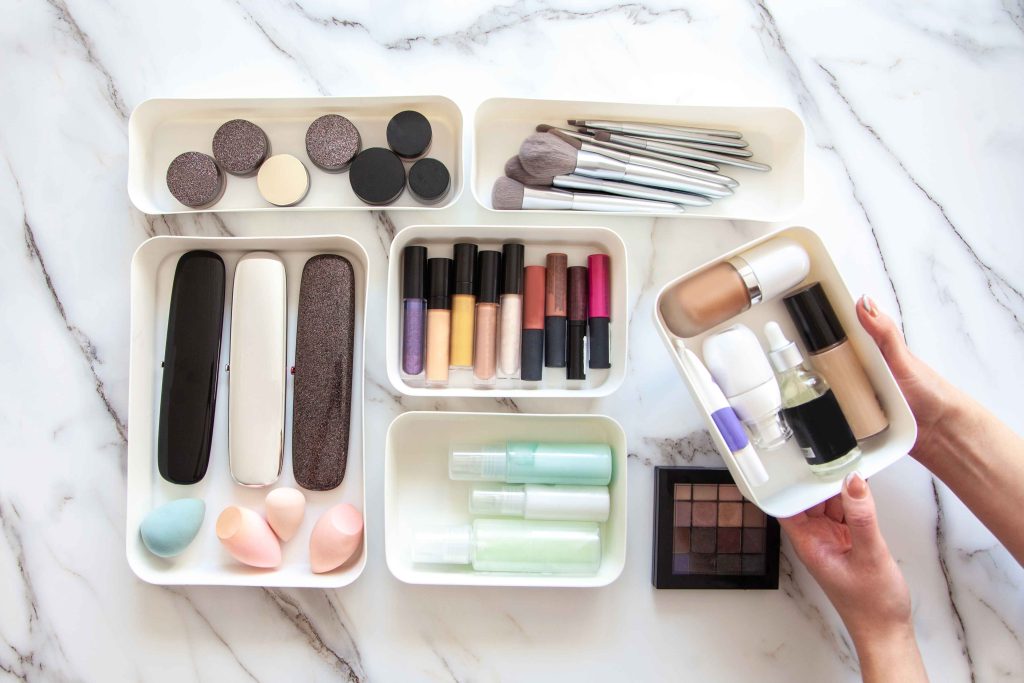
Sort out your items into categories—such as lip care, body care, toners, cleansers, etc. First, it’s much easier to weed through smaller groups than to tackle a mishmash of products all at once. Second, this approach gives you a clearer perspective on how many items you have in each category and helps you review how many you need.
Be super honest
That toner in the furthest corner of your vanity that caused redness after just one use? Or the shampoo you bought on impulse that left your hair greasy? Be honest with yourself—it’s not as if you’ll suddenly wake up one day with a new hair or skin type. Chances are, these products are simply not right for you. Heading them straight to the bin? Not necessarily. Stick with us for a moment to discover sustainable ways to say goodbye to them.
Organize it
Stick with your usual way of storing cosmetics or explore new methods, Mari Kondo-style—it’s up to you.
What do I do with the items I don’t use?
This might be the most riveting question about underconsumption core. Because let’s agree—It’s one thing to declutter, but dealing with all the unloved, yet still OK to use stuff is another challenge. Here are a few ideas:
- Reach out to shelters, donation funds, or online hand-me-down groups that accept selfcare products. You can also give them to a friend with a different skin or hair type—what didn’t work for you might be perfect for them.
- Consider repurposing some products: shampoos are great for washing makeup brushes and sponges; hair conditioner can double as shaving gel; bronzers and highlighters make awesome eyeshadows; and lipsticks can work as cream blushes. If you have skincare with actives or scrubs that didn’t work well on your face, try using them on your body or chest.
- For the adventurous, some people practice “hate-panning”—using up a product they dislike as quickly as possible just to get rid of it. But if it’s therapeutic for you, it might be a way to clear out your stash and make room for cosmetics you actually enjoy.
Get picky about your purchases
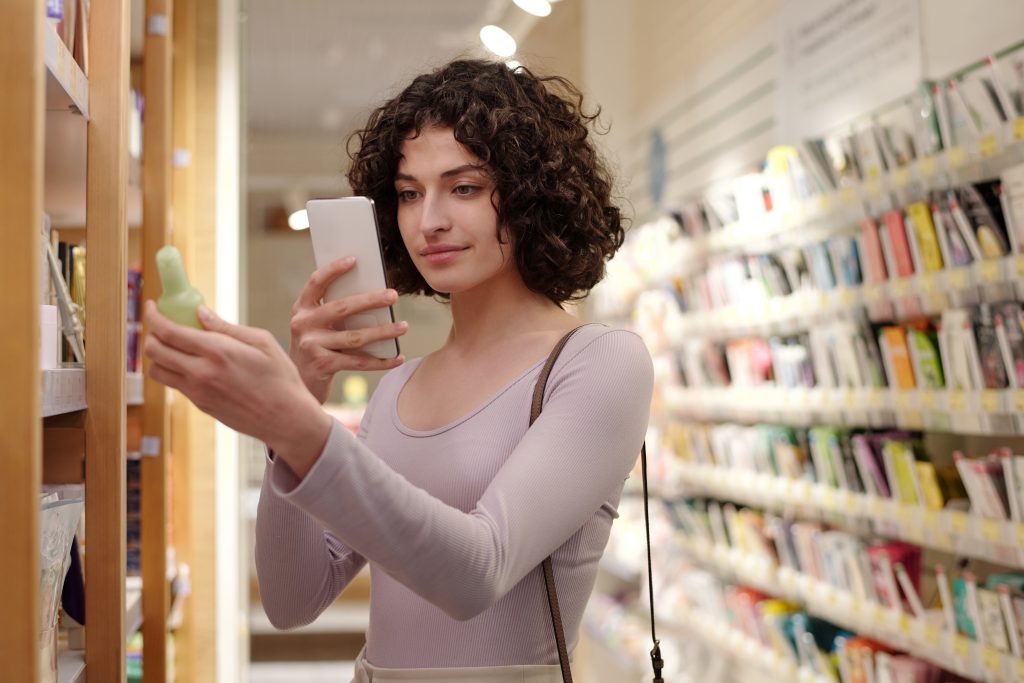
It’s better to have 5 effective products in your regimen than 15+ viral ones that do nothing—or, worse, irritate your skin. Use these two simple checkboxes to evaluate products (an appealing package doesn’t count):
The product’s formula should
- Suit your skin type and target your skin concerns;
- Contain safe, non-irritating ingredients. For oily and combination skin, ensure it’s free from pore-clogging components.
How can you make sure what you buy meets these requirements? Ideally, you’d get advice from a dermatologist. If that’s not an option right now, you can use OnSkin or any other ingredient scanner to check a product’s formula (it takes about 5 seconds). The beauty of these apps is that you don’t need to copy and paste ingredient lists—just snap a photo of the product, its barcode, or search for its name in the app.
Get picky about what you see online

Sometimes, you don’t even realize you can’t do without yet another shade of lip gloss until you see it online. No judgment here—we all probably have a few products TikTok made us buy. It’s not a coincidence and doesn’t mean you’re easily swayed; researchers say we’re exposed to around 100 ads a day.
So how do you sift through it all? Give yourself some breathing room before you hit “add to cart” and finalize that Amazon order. While you’re taking this thinking space, scan the product you’re about to buy with OnSkin. This way, you’ll see if the product is likely to suit your skin type and address your concerns (like acne, uneven tone, enlarged pores, etc.), helping you make a conscious choice based on more than just marketing hype.
TL;DR
Underconsumption core essentially sends the following messages:
- Sticking with one product until it’s finished is normal.
- Not owning a collection of products is normal.
- Focusing on what you truly need is normal.
But hey—there’s no shame in buying new cosmetics. Underconsumption core isn’t about declaring yourself immune to marketing or impulse buys. It’s about discovering (or rediscovering) how little we actually need, valuing what we already own, and understanding that having more products doesn’t necessarily lead to better self-care or more joy. And that’s coming from makeup and beauty enthusiasts!
- How many ads do we really see in a day? Spoiler: it’s not 10,000. (2023). https://www.thedrum.com/news/2023/05/03/how-many-ads-do-we-really-see-day-spoiler-it-s-not-10000
FAQ
-
Where do I start with OnSkin?
Download the app and think of a product you’d like to know more about. Then, go to the main screen and choose how you’d like to get the info —by manually looking it up in the search bar, by scanning its barcode, or by simply taking a picture of the packaging. Once you’ve done any of these, you can see how safe the product is and if it suits your skin or hair (if this analysis is available).
-
What is Safety Rating, and how is it calculated?
In OnSkin, we base product rates on ingredients. Each is closely studied by our medical team and then evaluated. This way, each product gets a score from 0 to 100, with 100 as the safest level.
Safety Levels
- Excellent (76–100)
- Good (51–75)
- Not great (26–50)
- Bad (0–25)
These scores are backed by the latest scientific studies. You can find links to the resources we’ve used on each ingredient page. To assess the safety of product ingredients, we evaluate them according to the following parameters/criteria
- Endocrine disruption risk / Reproductive toxicity
Indicates the probability of mimicking, blocking, or interfering with the body hormones.
- Сarcinogenicity
Measures the potential risk of inducing cancer.
- Allergy risk
Estimates the probability of an allergic reaction.
- High concentration alert
Determines the risk of being unsafe in certain amounts.
-
What is Skin Match?
Based on the info you input about your skin type, age, skin care goal, and other “settings,” OnSkin checks how well a product is tailored to your unique skin needs — it’s basically like a dermatologist helping you find the right products, minus the fees and the long wait. The product you’re checking might be labeled as It’s a match!, Hit-or-miss, or Not a match for you. The app also detects ingredient groups such as Anti-acne, Anti-inflammatory, Moisturizes, May be drying, Comedogenic, and others — by tapping one, you see exactly what ingredients from this or that group are in the product.
-
I seem to have a problem with using the app. Who should I contact?
Please reach out to us at [email protected], and we’ll carefully look into your issue. Your ideas for improving the app are also very welcome!
-
Do you have an Android version?
Not yet! Hey Android users, we hear you, and we're thinking about making an Android version, but we haven't started the development yet.
Tracker Sent!
It’s on the way to your inbox.


